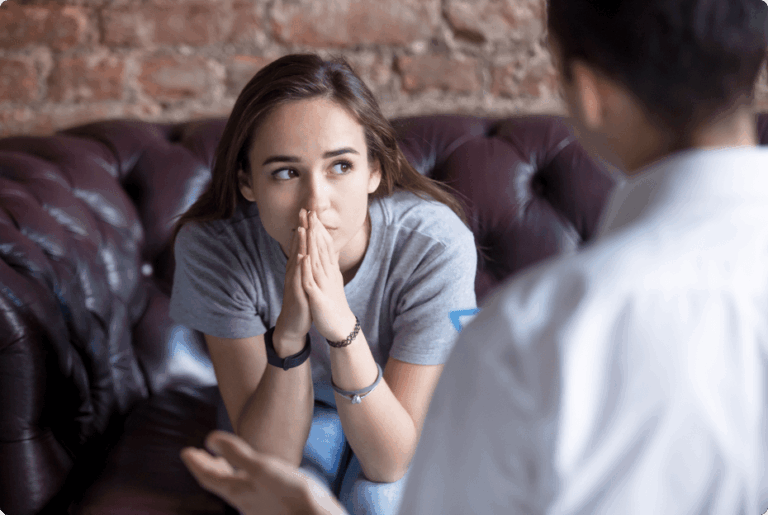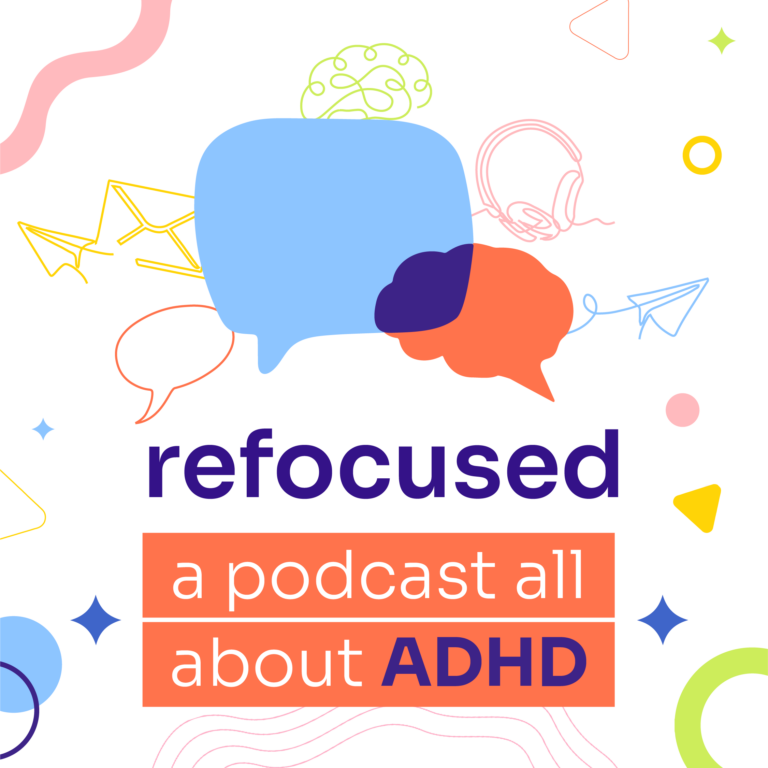
By Barbara Brody
As memories of summer fade away and the days get shorter and darker, your outlook and attitude might also become a bit gloomier. That’s not unusual. In fact, a 2018 study published in the journal Cell uncovered a circuit between light-sensing cells in the eyes and regions of the brain that impact how happy or sad you are. But there’s a difference between feeling a little down and becoming seriously depressed.
“Many people experience ‘winter blues,’ which is a slight mood shift or sluggishness due to colder weather and less sunshine,” says Deborah Serani, PsyD, a psychologist and professor at Adelphi University in New York. “But seasonal affective disorder is a type of depressive mood disorder that has a significant impact on your daily functioning.”
You should suspect that you might have moved into seasonal affective disorder, or SAD, territory if you meet the criteria for clinical depression primarily during the fall and winter months. Common symptoms include persistent feelings of sadness (lasting at least two weeks); changes in sleep habits; extreme fatigue; and loss of interest in activities that you used to enjoy. Some people with clinical depression or SAD even think about suicide.
Anyone can develop SAD, but people with ADHD are among those who seem to have an above-average risk. Experts believe up to 3% of the general population suffers from SAD, according to MedlinePlus, a service of the National Institutes of Health. But among those with ADHD, it might be far higher. One 2006 study conducted by a group of researchers from the Netherlands, published in the Journal of Affective Disorders , found that at least 27% of those with ADHD also have SAD. The same study found that for ADHD patients who have a history of mood disorders (such as major depression and bipolar disorder), the risk of SAD was as high as 61%.
“There appears to be an overlapping of neurochemistry and brain structure functioning that ADHD and SAD share,” says Serani. She notes that research has found that disruptions to natural circadian rhythms — the internal body clock that tells you when to get sleepy and when to feel active — are associated with ADHD symptoms.
Signs of SAD
SAD, which is sometimes called winter depression, is officially known as “major depressive disorder with a seasonal pattern.” It can actually happen during other seasons as well, though the most prevelant form is winter depression. It is characterized by a major change in mood and functioning that occurs when there are fewer daylight hours. If left untreated, it can sometimes cause problems in the following spring or summer.
“Most people present with complaints of a significant drop off in mood and energy levels when the days start to become shorter,” says Drew Pate, MD, chief of psychiatry at LifeBridge Health in Maryland. Some feel more tearful or have increased anxiety, find it hard to get out of bed, or withdraw from others socially.
Sleeping too much and feeling worthless or hopeless are also common symptoms, Pate says. Many people go through several winters before noticing the pattern and deciding to seek help, he says.
While SAD is, by definition, seasonal in nature, Dr. Pate adds that some people who have it experience milder depressive symptoms during other times of the year. However, they don’t feel severely depressed until the days become shorter.
The exact cause of SAD is unknown, but lack of sunlight seems to be a major factor for people who are predisposed to it. Experts believe that sun exposure helps regulate a feel-good mood chemical in the brain called serotonin; when serotonin levels falls, it may trigger depression.
Less sun exposure might also prompt your body to make more melatonin, a hormone that promotes sleepiness and that your body releases when it’s dark outside. This change, along with others related to sleep and hormones, can interfere with your circadian rhythms and, in turn, throw your mood out of whack. And if you have ADHD, you may be especially susceptible to the fallout.
“Many people with ADHD have trouble with healthy sleeping patterns year-round. Seasonal changes can make their sleep problems even worse,” says Monalisa McGee-Baratta, PhD, program chair of the College of Social & Behavioral Sciences at the University of Phoenix.
“Sleep affects our brain chemistry,” she explains. “Trouble falling asleep or staying asleep makes it harder to focus the next day. When we don’t get enough sleep, we have less energy and feel more depressed.”
Treatment and prevention
Anything you might do to ward off depression in general — including reaching out to friends, eating a balanced diet, getting regular exercise — may reduce the risk of developing the winter blues as well as SAD. But morning light exposure is also critical.
Here are some treatment and prevention tips:
- Daily walks: If possible, take a walk soon after the sun comes up, even on cloudy days. Even 20 minutes should make you feel more awake and energized and help keep your circadian rhythms on track throughout the day.
- Getting natural light in the morning: Try to get access to natural light in other ways first thing in the morning. For example, have your breakfast next to an open window so you can see the light streaming in.
- Light therapy: Of course, getting natural morning light isn’t practical for everyone. That’s where light therapy comes in in. Light therapy is also known as bright light therapy, or BLT, or phototherapy.
“Light boxes emit full-spectrum light similar in composition to sunlight,” says McGee-Baratta. “Symptoms of SAD may be relieved by sitting in front of a light box first thing in the morning, from the early fall until spring.”
A good light box, which filters out most harmful UV rays and emits about 10,000 lux of light (a measure of light intensity) can be purchased online or at drugstores without a prescription. Although they’re generally safe for most people to try, Dr. Pate recommends seeking personalized advice from a mental health professional first — especially if you have ADHD.
“Anytime someone has a preexisting condition, you have to be careful when you introduce an additional treatment,” he says. “There’s no reason to believe there will be a negative interaction (between a light box and ADHD treatment), but we’re all different.
If you’re intent on going your own way, he advises starting with five to 10 minutes in front of a light box each morning. Slowly work your way up to maximum of 30 minutes a day, and take note of how you feel. (It’s rare, but some people find that using a lightbox for more than a few minutes is too stimulating or causes eye irritation.) For best results, start in the fall when the days are starting to shorten and continue until the days become longer in the spring.
- Dawn stimulation: This is a different form of light therapy than bright light therapy. Dawn simulators expose people to a slowly increasing amount right before they awake each day. The light often starts about 30 minutes before a person’s normal awake time. Some can plug into a person’s existing bedside lamp and use that lamp’s bulb.
- Other treatments: If various ways of increasing your morning light aren’t enough to improve your mood, talk to your mental health care provider. Some people with SAD also need to take vitamin D supplements. (You may be deficient, especially during the winter.) You may also benefit from talk therapy (such as cognitive behavioral therapy) or antidepressants.
“Remember that SAD is a subtype of major depressive disorder,” says Serani. “The goal of any treatment for SAD is to help you prepare for seasonal changes, cope with circadian rhythm differences in your body, and use positive interventions to keep depression, lethargy, cognitive fog and other symptoms at bay.”
Sources:
Cell: Light Affects Mood and Learning through Distinct Retina-Brain Pathways
American Psychiatric Association: Seasonal Affective Disorder
Medline Plus: Seasonal Affective Disorder
Journal of Psychiatric Research: ADHD, circadian rhythms and seasonality
Mayo Clinic: Seasonal Affective Disorder
Cleveland Clinic: Seasonal Depression (Seasonal Affective Disorder)
Mayo Clinic: Seasonal affective disorder treatment: Choosing a light box





